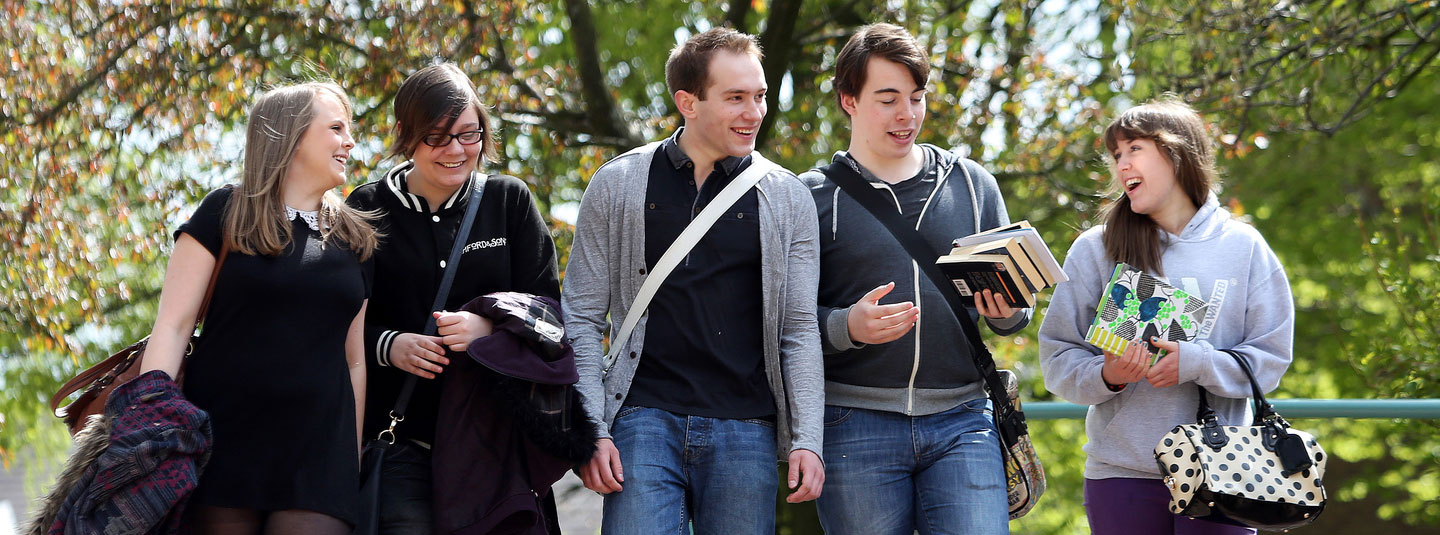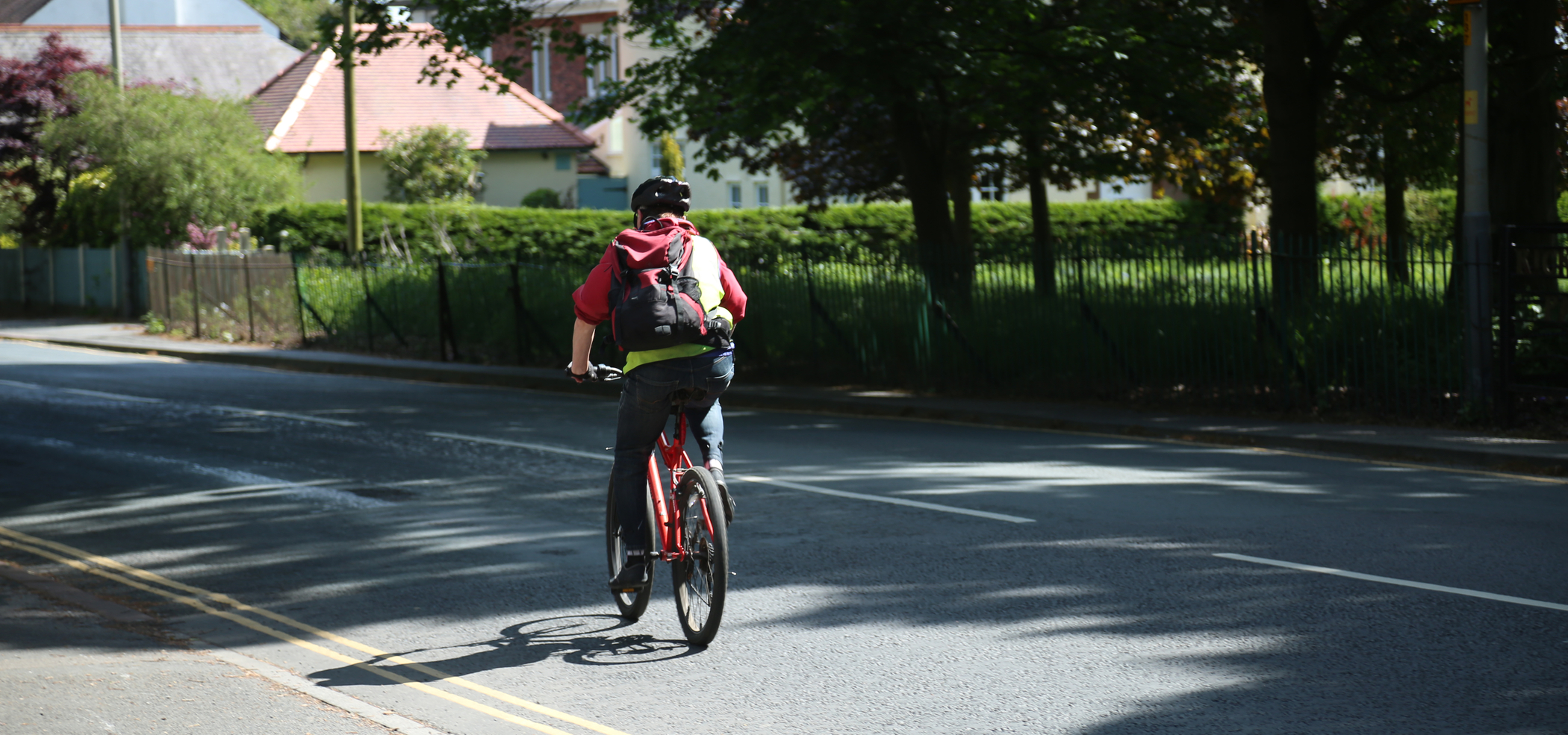
Last week we held the first major encounter with both our partner schools in which the children shared their ideas of the types of game worlds they would like to develop within Digital Voices of the Future. The previous blog explained what we were planning to do, but how did our plans work when they collided with the reality of 75 children?
The week before involved me recruiting my family in the evenings to sort through all the materials for the encounters; how much plasticine, how many pipe cleaners, matchboxes, tape and googley eyes would each child want or need? Not the questions I was anticipating to be asking within a NERC grant!
Given the emphasis on Treescapes, these traditional craft materials were augmented with twigs, leaves, pine cones and other items that could be gathered in the local environment. It may seem strange to be using physical models made of this combination of materials for the design of a computer game, and something that interested the research team was observing how the children would react to using these. This is all part of the distinctive and innovative methodological approach developed by Dylan and Eleanor of X||dinary Stories that hopefully enables us to draw out how children make the connections between digital and physical worlds.
The workshops were an absolute delight, so much excitement, enthusiasm and imagination from the children at both schools, and so many different ideas emerging from their model making. Having a ‘real’ game designer leading the workshop enabled the children to quickly overcome their uncertainty about how to turn models into game assets, using the Polycam app to generate 3D digital models of their work. Use of accessible, but sophisticated apps like this opens up very different ways of working, and enabled some of the research team to explore the ideas and thoughts of the children as they imagined and created their worlds.

Using Lego Minecraft minifigures gave the children ideas of how characters might fit into their worlds in terms of scales, and stories.
We have generated around 75 digital models of the children’s work using Polycam, and between now and the next encounter (3 weeks!), the task for X||dinary Stories is to begin developing the game worlds that will provide the setting for the next step of the project, where we will be working on the characters and developing the narrative stories that will turn into the final game(s).
What have we found so far? Well, in addition to the models generated by the children, we have gathered a wealth of video, audio and observers notes during the encounters. This rich data will take time to unpick, and one of our observers (Khawla, Su and Johan) is probably best placed to introduce some of that formal analysis in a future blog post. It is also worth looking at Dylan’s personal blog page about some of the conceptual and theoretical framing that underpinned the design of the encounter she developed with Eleanor.
However, for me, the most striking thing I have learned is the sophistication of thinking that underpins the children’s world building. Take the image where a host of eyes have been added to the world, the trees, the piece of bark on the ground and on every conker. The child who built this in some ways quite disturbing game world explained that they felt that we are constantly being watched, and that the three eyes on the tree bark represented ‘The Government’. What does this tell us about how the child views the world in which they live: the defensive nature of urban landscapes, the sense of constantly being scrutinised, the lack of freedom to just ‘be’? I hope to invite Johan to explore in a future blog post how such dystopian ideas can develop towards more utopian thinking, of hopeful futures that emerge from our project and game.

We are constantly being watched, especially by the Government. A somewhat dystopian game world model built by one of our participants. Can we transform such thinking through our game into dreaming about a more hopeful future?
WANT TO FIND OUT MORE ABOUT OUR COURSES?
If you have a curiosity about the natural world, wish to pursue a career in science, or spend your future working in the great outdoors - we have some ideal course options to get you started.


.jpg)

